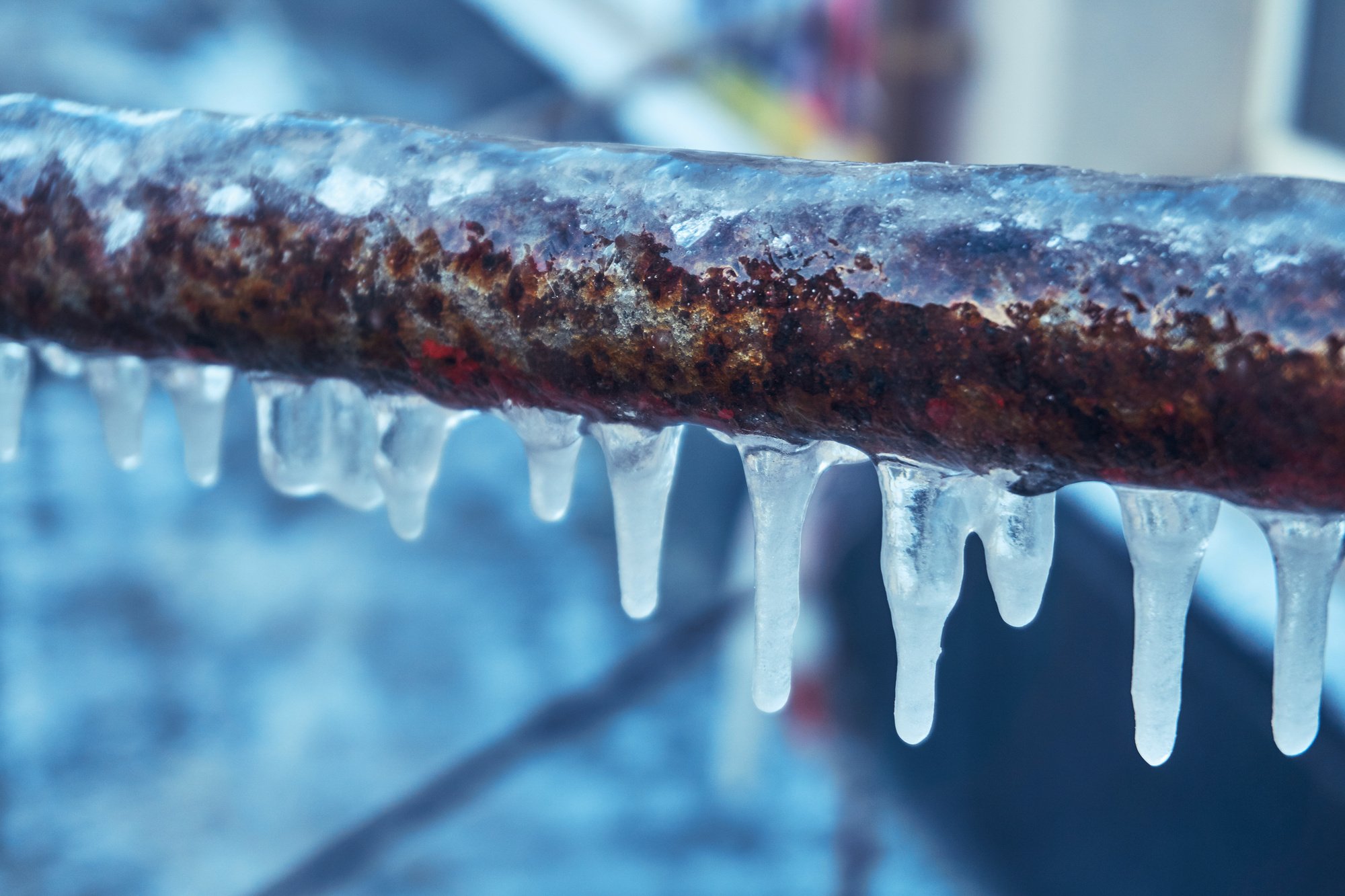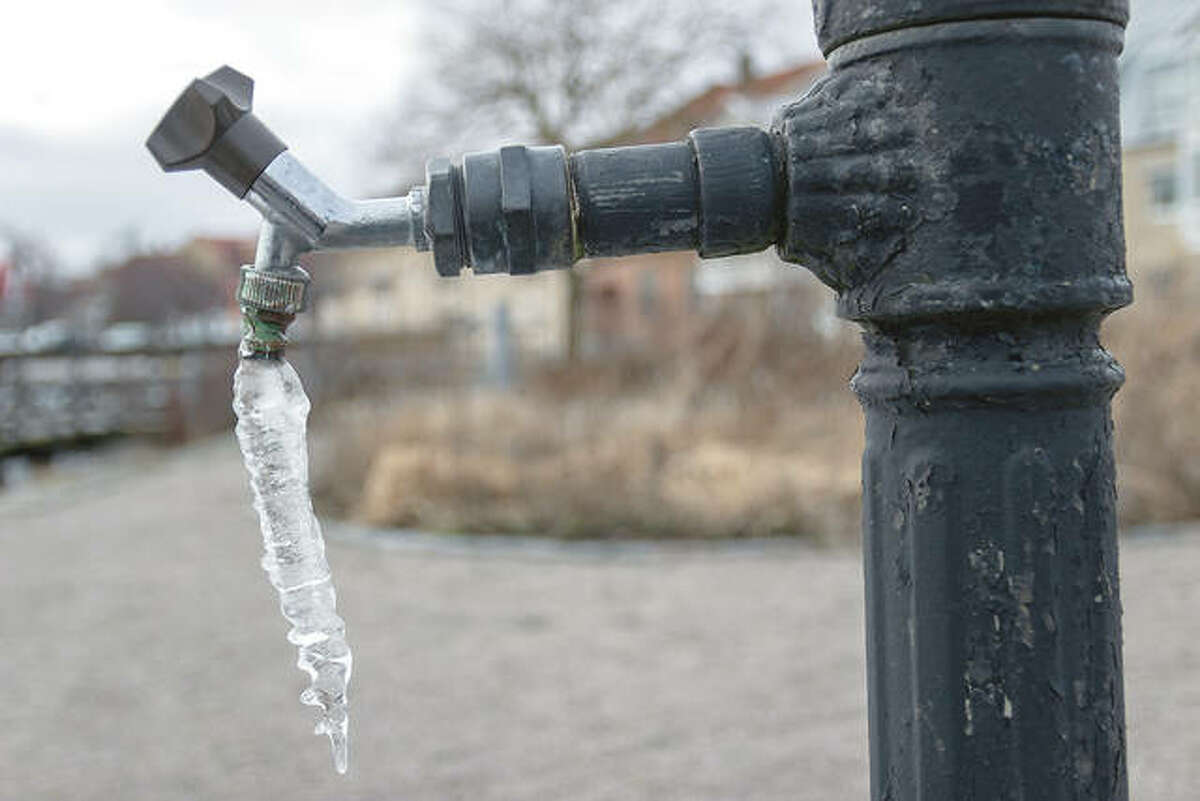Prevent Frozen Plumbing in Winter: Expert Tips
Prevent Frozen Plumbing in Winter: Expert Tips
Blog Article
Were you interested in ideas concerning Preventing and dealing with frozen pipes?

Winter can ruin your pipes, especially by freezing pipes. Here's how to stop it from taking place and what to do if it does.
Intro
As temperature levels drop, the risk of icy pipelines increases, possibly leading to pricey fixings and water damage. Understanding how to stop icy pipes is critical for property owners in cool climates.
Comprehending Icy Pipelines
What causes pipes to freeze?
Pipes freeze when subjected to temperature levels below 32 ° F (0 ° C) for extended periods. As water inside the pipes freezes, it expands, putting pressure on the pipe walls and potentially causing them to break.
Dangers and damages
Frozen pipes can lead to supply of water disruptions, residential property damage, and pricey fixings. Ruptured pipes can flood homes and create substantial structural damages.
Indications of Frozen Pipeline
Recognizing frozen pipes early can avoid them from breaking.
How to determine icy pipelines
Seek decreased water flow from faucets, unusual smells or noises from pipes, and visible frost on exposed pipes.
Prevention Tips
Protecting susceptible pipes
Wrap pipes in insulation sleeves or use warmth tape to shield them from freezing temperature levels. Concentrate on pipelines in unheated or outside areas of the home.
Heating strategies
Keep indoor areas effectively heated up, particularly areas with pipes. Open up cupboard doors to permit cozy air to circulate around pipelines under sinks.
Safeguarding Exterior Pipes
Garden hose pipes and exterior taps
Separate and drain yard tubes before wintertime. Mount frost-proof faucets or cover outdoor faucets with protected caps.
What to Do If Your Pipelines Freeze
Immediate actions to take
If you think frozen pipelines, maintain taps open up to alleviate pressure as the ice thaws. Use a hairdryer or towels taken in warm water to thaw pipelines slowly.
Long-Term Solutions
Structural adjustments
Consider rerouting pipes away from exterior walls or unheated locations. Add additional insulation to attic rooms, basements, and crawl spaces.
Upgrading insulation
Invest in premium insulation for pipes, attics, and walls. Proper insulation aids preserve consistent temperature levels and minimizes the threat of frozen pipes.
Conclusion
Avoiding icy pipelines needs proactive measures and fast feedbacks. By recognizing the causes, indicators, and safety nets, property owners can shield their pipes during cold weather.
5 Ways to Prevent Frozen Pipes
Drain Outdoor Faucets and Disconnect Hoses
First, close the shut-off valve that controls the flow of water in the pipe to your outdoor faucet. Then, head outside to disconnect and drain your hose and open the outdoor faucet to allow the water to completely drain out of the line. Turn off the faucet when done. Finally, head back to the shut-off valve and drain the remaining water inside the pipe into a bucket or container. Additionally, if you have a home irrigation system, you should consider hiring an expert to clear the system of water each year.
Insulate Pipes
One of the best and most cost-effective methods for preventing frozen water pipes is to wrap your pipes with insulation. This is especially important for areas in your home that aren’t exposed to heat, such as an attic. We suggest using foam sleeves, which can typically be found at your local hardware store.
Keep Heat Running at 65
Your pipes are located inside your walls, and the temperature there is much colder than the rest of the house. To prevent your pipes from freezing, The Insurance Information Institute suggests that you keep your home heated to at least 65 degrees, even when traveling. You may want to invest in smart devices that can keep an eye on the temperature in your home while you’re away.
Leave Water Dripping
Moving water — even a small trickle — can prevent ice from forming inside your pipes. When freezing temps are imminent, start a drip of water from all faucets that serve exposed pipes. Leaving a few faucets running will also help relieve pressure inside the pipes and help prevent a rupture if the water inside freezes.
Open Cupboard Doors
Warm your kitchen and bathroom pipes by opening cupboards and vanities. You should also leave your interior doors ajar to help warm air circulate evenly throughout your home.

As an avid reader about 6 Ways to Prevent Frozen Pipes, I thought sharing that excerpt was a good idea. Are you aware of anybody else who is excited about the niche? Why not share it. Thank you for going through it.
Book Now! Report this page